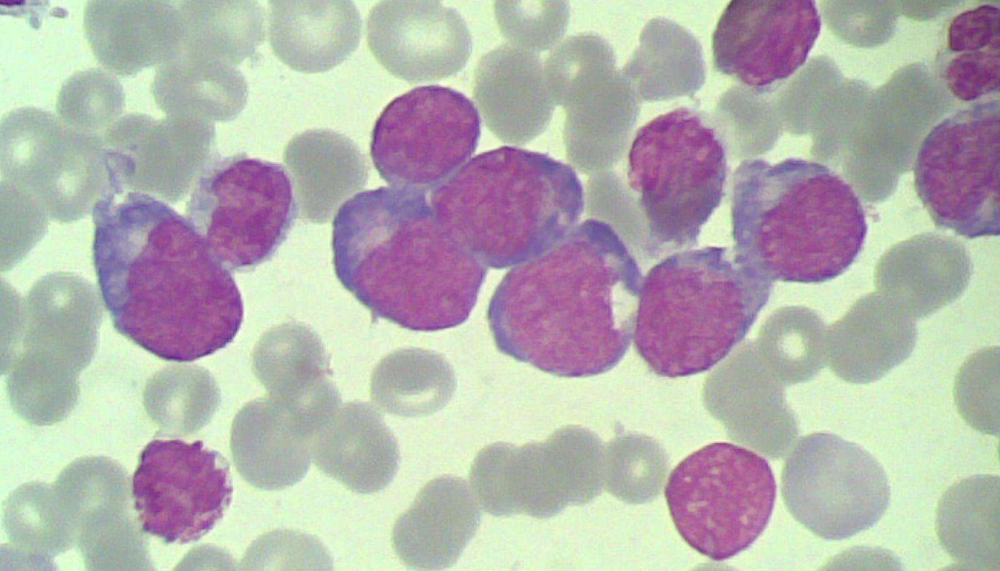On August 23, Daiichi Sankyo announced that the European Medicines Agency (EMA) has completed the marketing authorization validation of Quizartinib for the treatment of adults with newly diagnosed FLT3-ITD-positive acute myeloid leukemia (AML). In patients, the drug can be combined with standard cytarabine + anthracycline induction therapy and cytarabine consolidation therapy, as well as single agent for continuous treatment after consolidation.
AML is the most common type of leukemia in adults and is characterized by malignant clonal proliferation of myeloid cells with diminished ability to differentiate. The conventional treatment regimen for newly diagnosed AML patients is intensive induction and consolidation chemotherapy, and eligible patients can undergo hematopoietic stem cell transplantation.
FMS-like tyrosine kinase 3 (FLT3) is normally expressed by hematopoietic stem cells and plays an important role in cell growth, differentiation and survival. Internal tandem duplication (ITD) is the most prevalent FLT3 mutation in AML and is associated with increased risk of recurrence and shorter overall survival (OS).
quizartinib, an oral, selective second-generation FLT3 inhibitor, was approved by the Japanese Ministry of Health, Labour and Welfare in June 2019 for the treatment of relapsed/refractory AML adults with FLT3-ITD mutations patient. Currently, Daiichi Sankyo is also conducting a phase III clinical trial of quizartinib as maintenance therapy in newly diagnosed FLT3-ITD-positive AML patients in China.
This marketing application is based on data from the QuANTUM-First study presented at the 2022 EHA Congress. QuANTUM-First is a randomized, double-blind, placebo-controlled Phase III study to evaluate the OS benefit of quizartinib in adults with newly diagnosed FLT3-ITD-positive AML. The patients were randomized 1:1 to receive quizartinib or placebo in combination with standard cytarabine plus anthracycline for remission induction and consolidation with cytarabine, followed by monotherapy after consolidation. The primary endpoint of the study is OS, and secondary endpoints include event-free survival (EFS), post-induction complete remission rate, and composite complete remission rate.
RESULTS: At a median follow-up of 39.2 months, median OS was 31.9 months (95%CI: 21.0-NE) in the quizartinib group compared with 15.1 months (95%CI: 13.2-NE) in the placebo group 26.2), suggesting that quizartinib combined with chemotherapy achieved a significant OS benefit in adult patients with newly diagnosed FLT3-ITD-positive AML.
Overall, quizartinib was safe and well tolerated, and no new safety signals were identified. The incidence of grade 3 or higher treatment-related adverse events (TEAEs) was comparable between the two groups. Common TEAEs were neutropenia (18% vs 8.6%), hypokalemia (18.9% vs 16.4%) and pneumonia (11.7% vs 11.7%) 12.7%) and so on.
Dr. Ken Takeshita, Head of R&D at Daiichi Sankyo, said: “Most AML patients require improved survival, especially for the refractory FLT3-ITD subtype. We look forward to working with EMA and supporting their review efforts, which will enable quizartinib has the potential to be a treatment option for patients with AML.”









